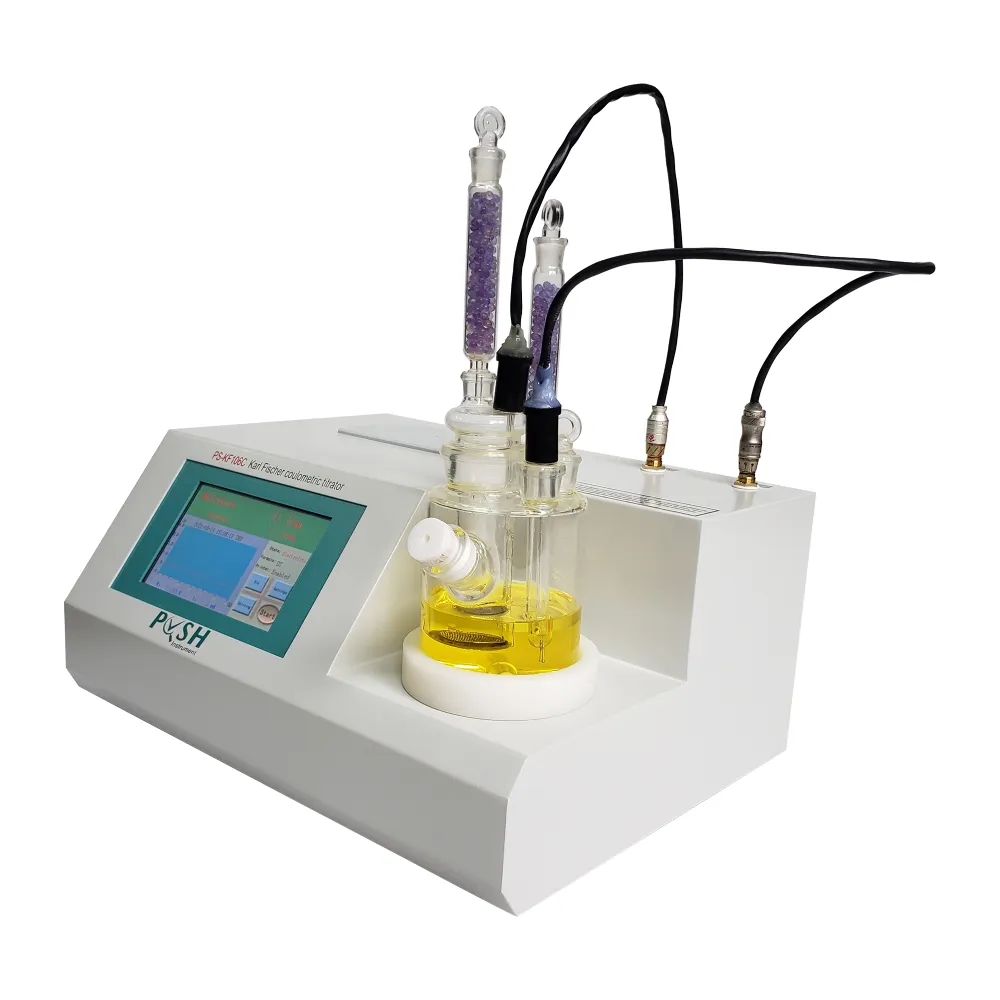 English
English



-
 Afrikaans
Afrikaans -
 Albanian
Albanian -
 Amharic
Amharic -
 Arabic
Arabic -
 Armenian
Armenian -
 Azerbaijani
Azerbaijani -
 Basque
Basque -
 Belarusian
Belarusian -
 Bengali
Bengali -
 Bosnian
Bosnian -
 Bulgarian
Bulgarian -
 Catalan
Catalan -
 Cebuano
Cebuano -
 China
China -
 China (Taiwan)
China (Taiwan) -
 Corsican
Corsican -
 Croatian
Croatian -
 Czech
Czech -
 Danish
Danish -
 Dutch
Dutch -
 English
English -
 Esperanto
Esperanto -
 Estonian
Estonian -
 Finnish
Finnish -
 French
French -
 Frisian
Frisian -
 Galician
Galician -
 Georgian
Georgian -
 German
German -
 Greek
Greek -
 Gujarati
Gujarati -
 Haitian Creole
Haitian Creole -
 hausa
hausa -
 hawaiian
hawaiian -
 Hebrew
Hebrew -
 Hindi
Hindi -
 Miao
Miao -
 Hungarian
Hungarian -
 Icelandic
Icelandic -
 igbo
igbo -
 Indonesian
Indonesian -
 irish
irish -
 Italian
Italian -
 Japanese
Japanese -
 Javanese
Javanese -
 Kannada
Kannada -
 kazakh
kazakh -
 Khmer
Khmer -
 Rwandese
Rwandese -
 Korean
Korean -
 Kurdish
Kurdish -
 Kyrgyz
Kyrgyz -
 Lao
Lao -
 Latin
Latin -
 Latvian
Latvian -
 Lithuanian
Lithuanian -
 Luxembourgish
Luxembourgish -
 Macedonian
Macedonian -
 Malgashi
Malgashi -
 Malay
Malay -
 Malayalam
Malayalam -
 Maltese
Maltese -
 Maori
Maori -
 Marathi
Marathi -
 Mongolian
Mongolian -
 Myanmar
Myanmar -
 Nepali
Nepali -
 Norwegian
Norwegian -
 Norwegian
Norwegian -
 Occitan
Occitan -
 Pashto
Pashto -
 Persian
Persian -
 Polish
Polish -
 Portuguese
Portuguese -
 Punjabi
Punjabi -
 Romanian
Romanian -
 Russian
Russian -
 Samoan
Samoan -
 Scottish Gaelic
Scottish Gaelic -
 Serbian
Serbian -
 Sesotho
Sesotho -
 Shona
Shona -
 Sindhi
Sindhi -
 Sinhala
Sinhala -
 Slovak
Slovak -
 Slovenian
Slovenian -
 Somali
Somali -
 Spanish
Spanish -
 Sundanese
Sundanese -
 Swahili
Swahili -
 Swedish
Swedish -
 Tagalog
Tagalog -
 Tajik
Tajik -
 Tamil
Tamil -
 Tatar
Tatar -
 Telugu
Telugu -
 Thai
Thai -
 Turkish
Turkish -
 Turkmen
Turkmen -
 Ukrainian
Ukrainian -
 Urdu
Urdu -
 Uighur
Uighur -
 Uzbek
Uzbek -
 Vietnamese
Vietnamese -
 Welsh
Welsh -
 Bantu
Bantu -
 Yiddish
Yiddish -
 Yoruba
Yoruba -
 Zulu
Zulu
ASTM D92 Test Method for Determining Flash Point of Petroleum Products
ASTM D92 Flash Point Understanding the Essentials
The flash point of a substance is a critical measurement in industries ranging from petroleum to manufacturing, indicative of the flammability and overall safety of a product. Specifically, the ASTM D92 standard outlines a method for determining the flash point of petroleum products and other flammable liquids. This article delves into the significance of the ASTM D92 flash point, its testing methodology, and its broader implications for safety and regulation.
What is Flash Point?
The flash point is defined as the lowest temperature at which the vapor of a flammable liquid can ignite in the presence of an ignition source. Understanding the flash point is essential for ensuring safe handling, storage, and transportation of hazardous materials. It serves as a critical piece of information in determining how a liquid should be handled under various conditions, significantly impacting the safety protocols in place.
The ASTM D92 Standard
ASTM D92 is the standard test method for flash and fire points by the Cleveland Open Cup (COC) method. This method is particularly relevant for testing heavy oils and other petroleum products where flash point is a concern. Under this standard, the sample is subjected to a heating system and is exposed to an open flame. The test involves gradually heating the sample in an open cup while applying a flame at intervals to determine whether the vapor ignites.
The primary advantages of the ASTM D92 method lie in its reliability and ability to characterize heavier fractions, unlike other methods that might be less effective for such materials. The COC method provides repeatable results, essential for product quality control and regulatory compliance.
Methodology
astm d92 flash point

1. Equipment Setup The test requires specific apparatus, including a Cleveland Open Cup tester, a heating mechanism, and a calibrated thermometer. 2. Sample Preparation A specified volume of the sample is placed in the open cup. The cup is then heated at a controlled rate.
3. Testing Procedure As the temperature rises, a flame is applied at intervals above the cup's surface. The temperature at which a flash is observed is recorded as the flash point.
4. Safety Precautions Given the inherent risks associated with flammable liquids, it is crucial to conduct the test in a controlled environment with appropriate safety measures in place.
Importance of Flash Point Determination
Determining the flash point according to ASTM D92 has several practical applications. It is foundational in the petroleum industry, where products must be classified and handled according to their flammability. Understanding flash points aids in compliance with legal regulations concerning transportation and storage, as different flash points necessitate different precautionary measures.
In addition, the flash point is essential for formulating safety data sheets (SDS) that inform end-users about the hazards and safe handling practices concerning a product. Whether in the chemical manufacturing industry or in fuel sales, safety and compliance hinge on accurate flash point knowledge.
Conclusion
The ASTM D92 flash point testing methodology plays a pivotal role in ensuring the safe handling, storage, and use of petroleum products and other flammable liquids. Understanding and applying the principles outlined in this standard not only helps in maintaining compliance with safety regulations but also enhances the overall safety culture within various industries. By following the methodologies and precautions set forth by ASTM D92, companies can minimize fire risks, protect their employees, and ensure the integrity of their operations.
-
Testing Equipment Industry Sees Major Advancements in 2025: Smart & Precision Technologies Lead the WayNewsJun.06,2025
-
Applications of Direct Current Generators in Renewable Energy SystemsNewsJun.05,2025
-
Hipot Tester Calibration and Accuracy GuidelinesNewsJun.05,2025
-
Digital Circuit Breaker Analyzer Features and BenefitsNewsJun.05,2025
-
Benefits of Real-Time Power Quality Monitoring Devices for Industrial EfficiencyNewsJun.05,2025
-
Earth Fault Loop Testing in High-Rise Building Electrical SystemsNewsJun.05,2025



